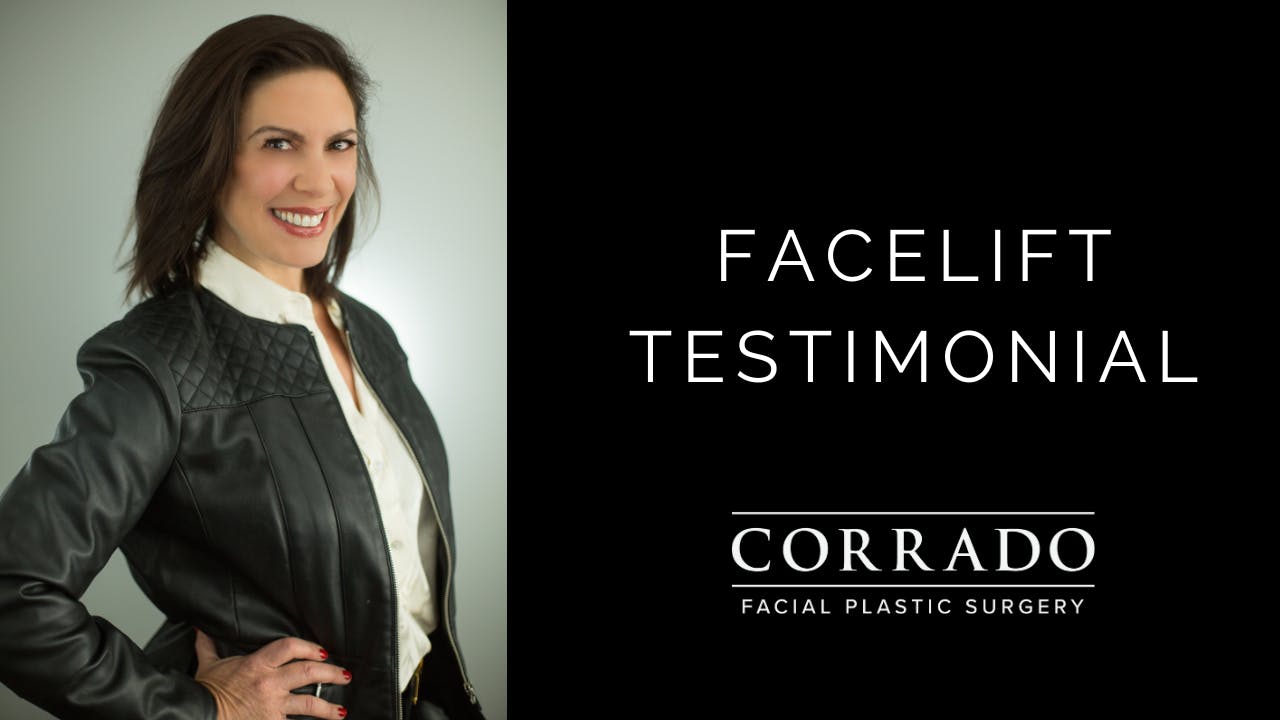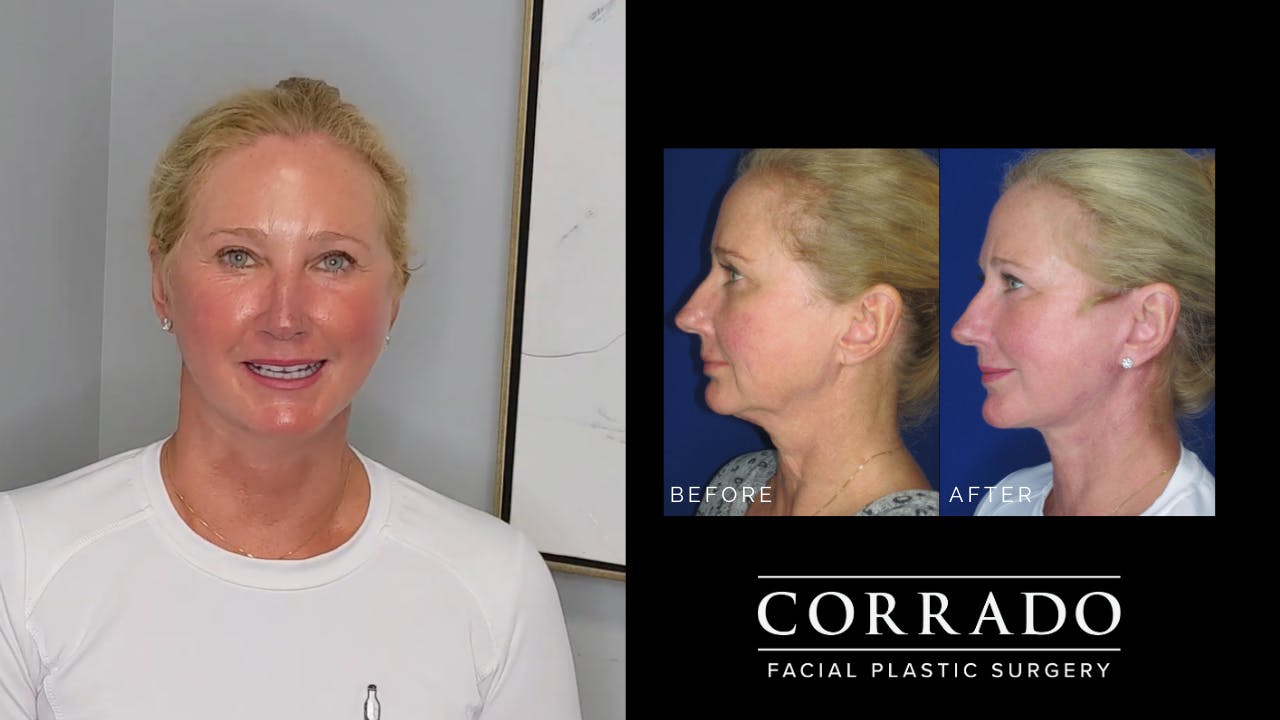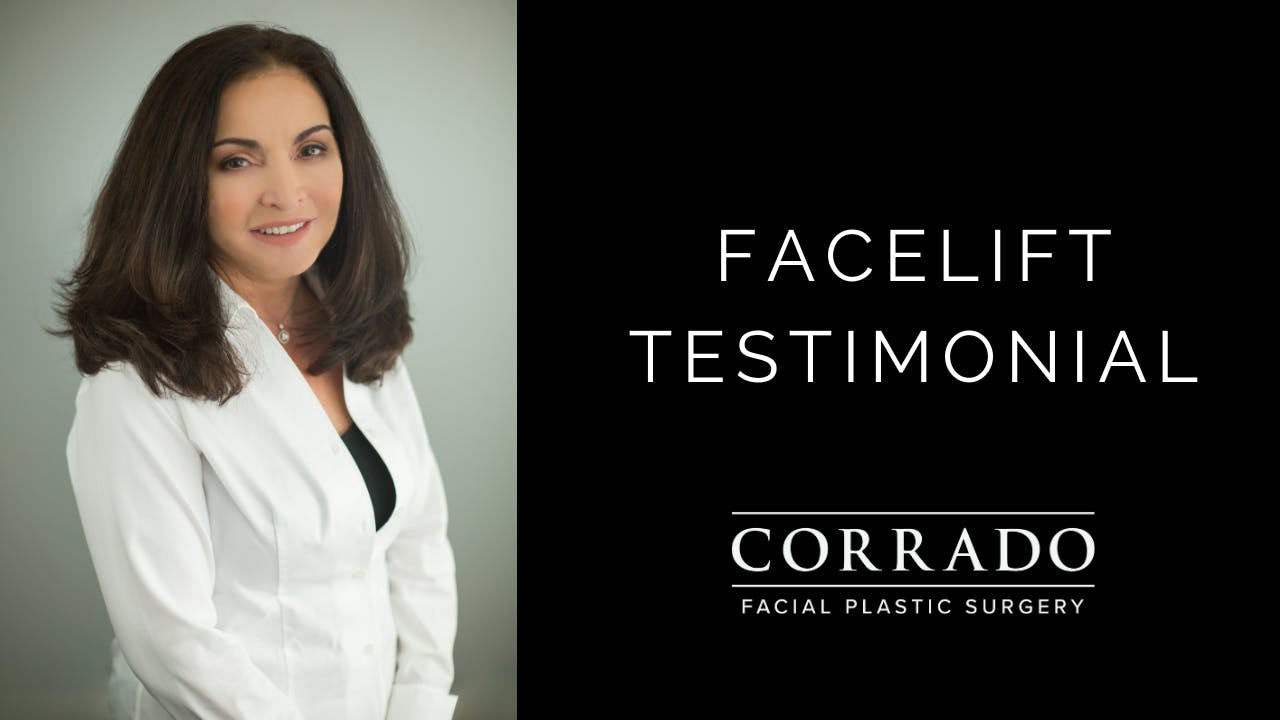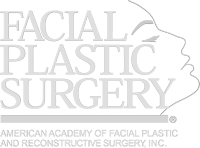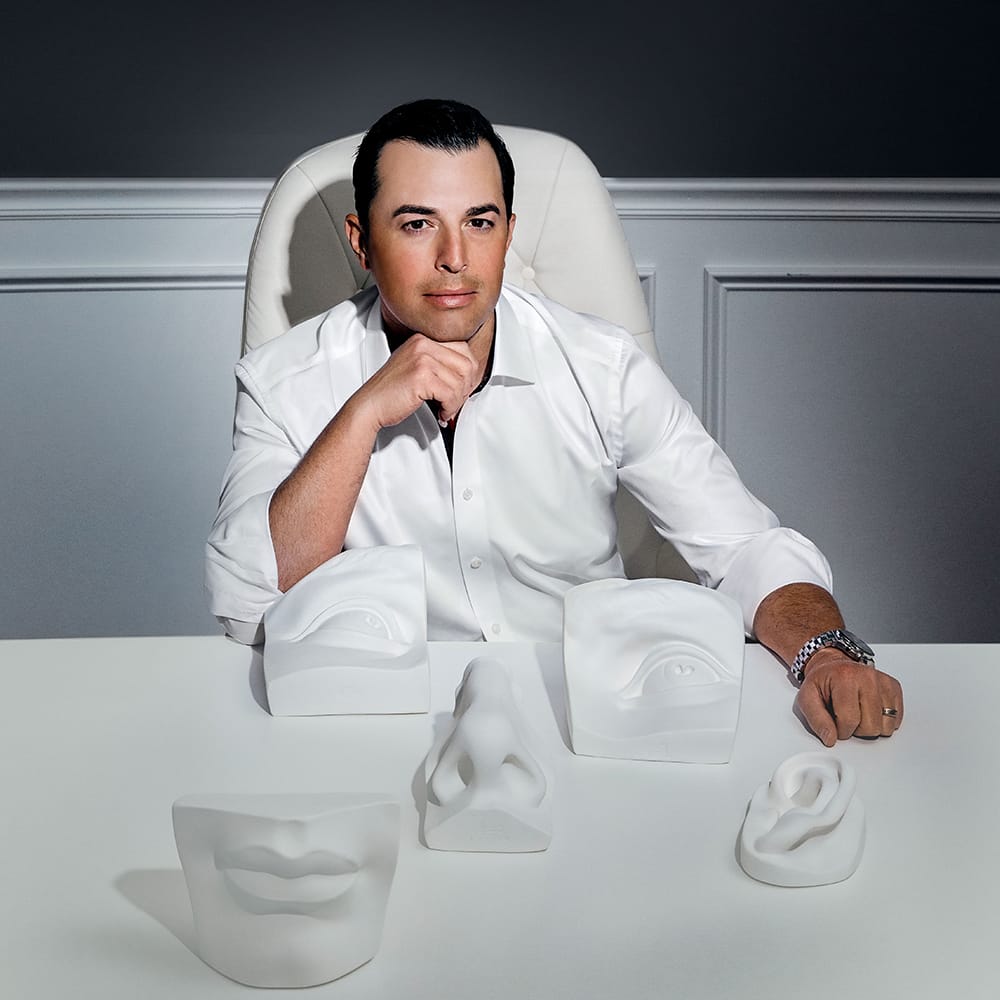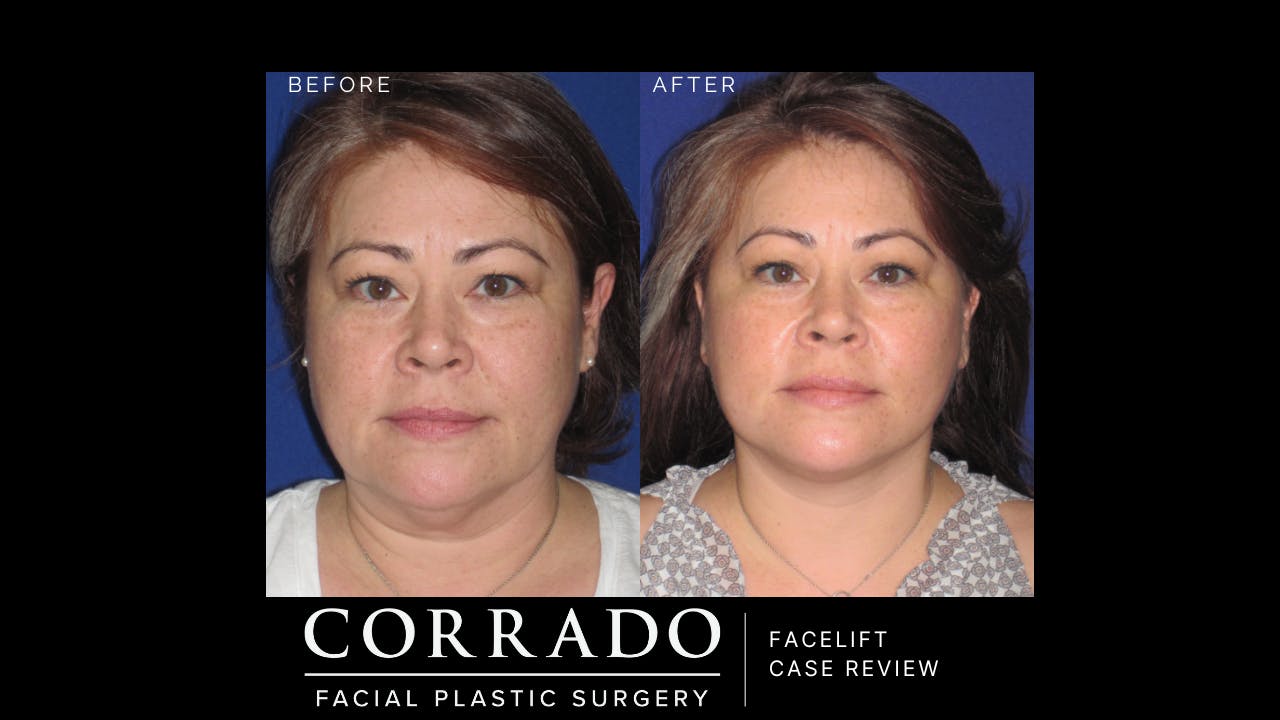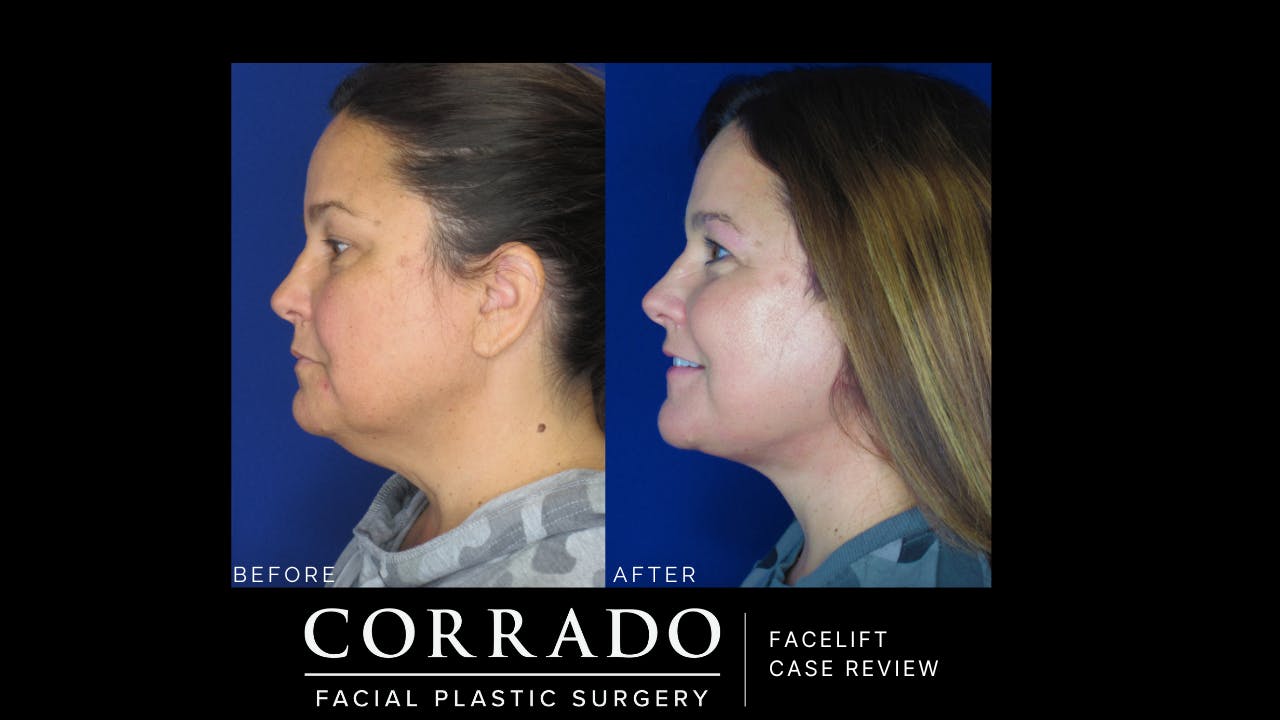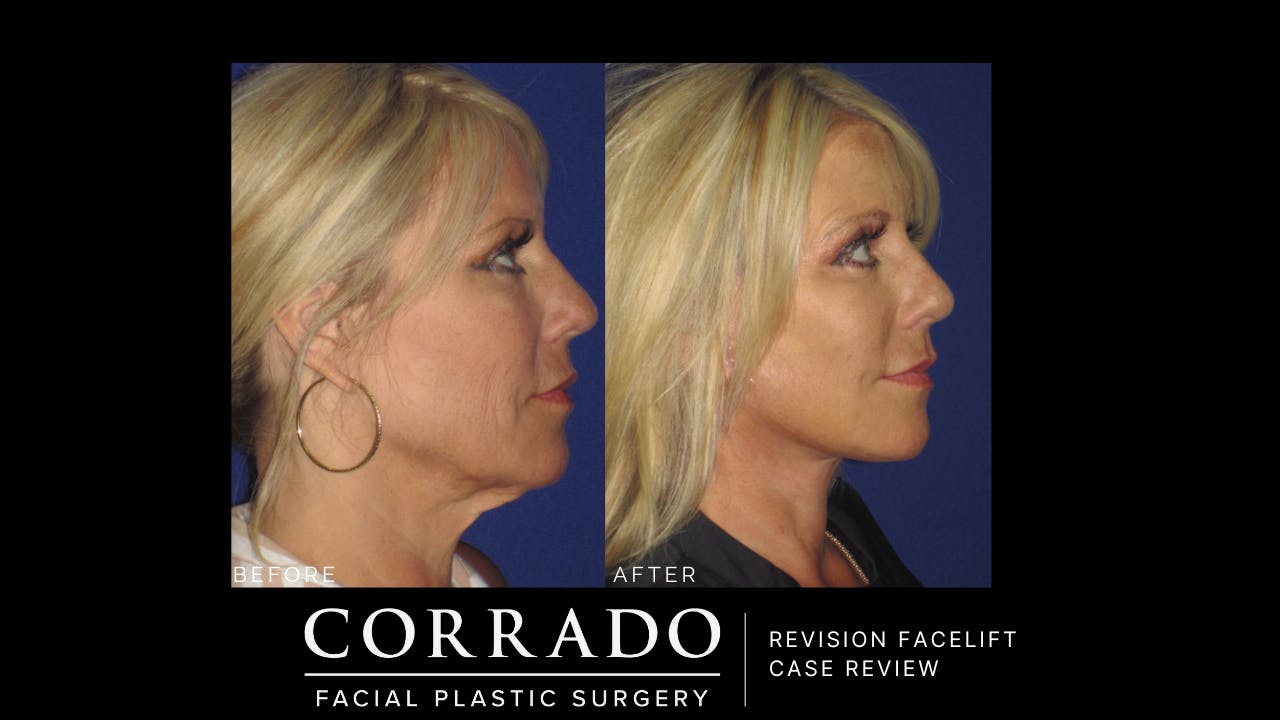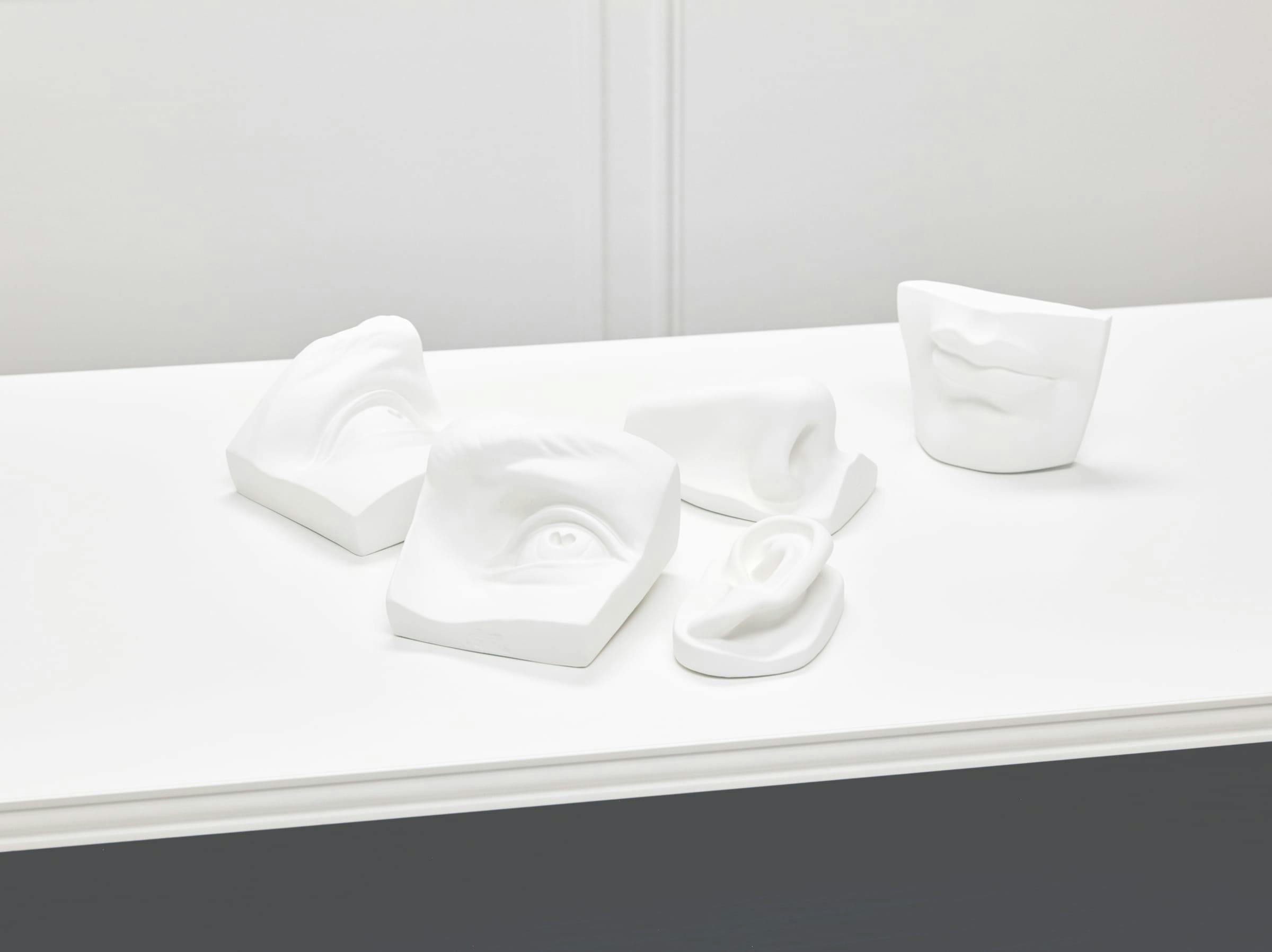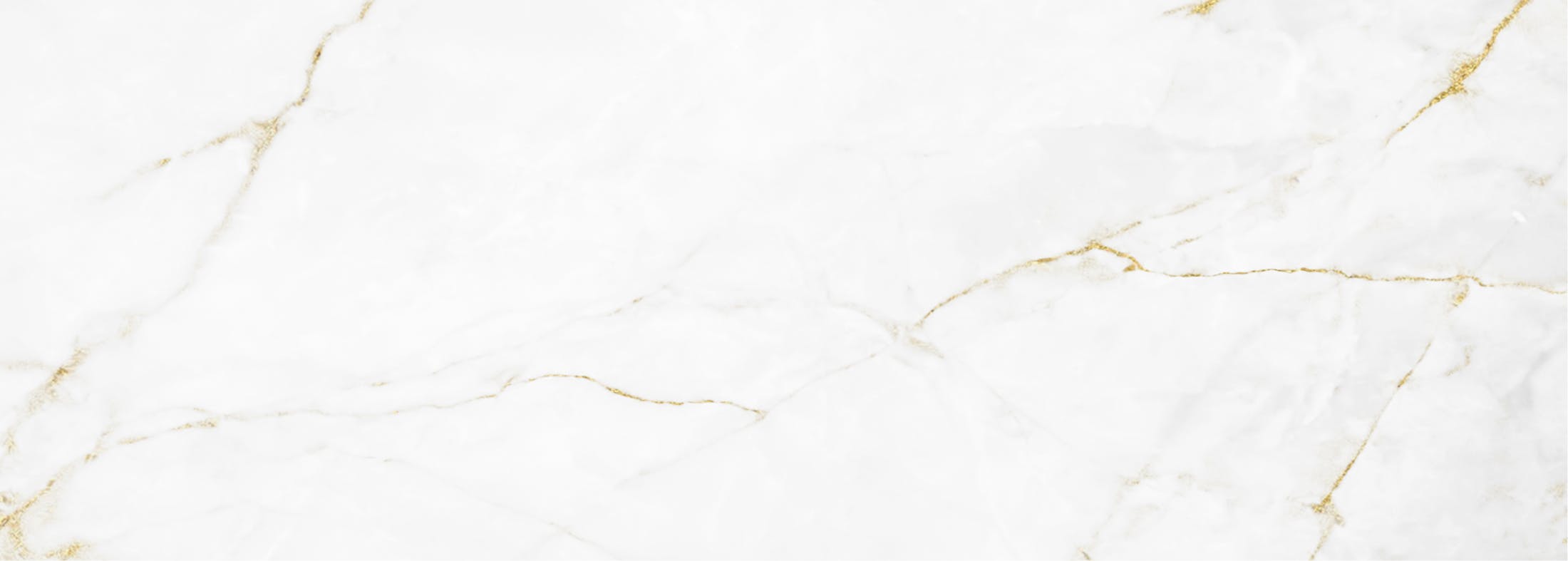What are the different Types of Facelifts?
SMAS Lift
The SMAS Lift refers to the commonly performed “modern-day” facelift procedure. The SMAS (Superficial Musculo Aponeurotic System) refers to the deep tissue support structures of the face. As a patient ages, these deep tissue layers become lax in conjunction with the skin. A SMAS facelift seeks to resuspend the sagging deep tissue layers. This maneuver plays a crucial role in providing not only natural results but also longevity. Once the SMAS is tightened by any number of techniques such as imbrication, plication or SMASectomy, the skin can be tightened in a more natural fashion, preventing an “overdone” look.
Mini Facelift/ S-Lift
The mini facelift is a procedure that is less invasive than a traditional facelift. Mini facelifts are typically indicated for younger patients with early signs of aging, such as mild jowls or mild neck skin laxity. Older patients or patients with more severe signs of aging typically require a more aggressive procedure to address their needs. The “S” lift is another name for a mini facelift which refers to the shape of the incision which produces a “short-scar”. A mini-lift will provide patients with the rejuvenation of early signs of jowling and facial laxity with a shorter recovery and usually at a lower cost than a traditional rhytidectomy procedure.
Deep Plane Facelift
The Deep Plane Facelift was a technique developed to correct the prominent nasolabial fold and facial changes resulting in the descent of the midface. Its proponents believe it offers better results, although I believe that facelift results depend more on the skill of the surgeon than the facelift technique utilized. The technique is performed in between the deeper layers of the face, leading to a potential higher risk of damaging the facial nerve. The deep plane facelift does show a decreased risk with regards to skin necrosis due to the increased flap thickness.
Liquid Facelift
A “Liquid Facelift” is a term for a combination of minimally invasive procedures used to rejuvenate the face without the need for surgery. The procedure typically involves the use of Botox to soften dynamic wrinkles caused by excessive muscle motion and subtly elevate the brow. The Liquid Facelift in Philadelphia also involves the use of various dermal fillers such as Restylane, Juvederm, Voluma, and others to help sculpt, contour, volumize and subtly lift the face. There is little to no downtime following the procedure and typically minimal if any post procedure pain. The results of the procedure can last up to a year. The “Liquid Facelift” is NOT a substitute for a traditional facelift. A “Liquid Facelift” cannot provide anywhere near the dramatic and lasting results that a surgical facelift can deliver.
Lifestyle Lift
Lifestyle Lift was a corporation that was known for heavily marketing their version of the mini facelift using infomercials. The Lifestyle Lift was not a revolutionary procedure, but instead a commonly performed mini facelift procedure which was performed under local anesthesia. Due to the corporation’s savvy advertising campaigns featuring celebrity infomercials it received national notoriety. Patients were led to believe they were receiving a new highly innovative procedure, but instead were receiving the typical mini facelift procedure that most physicians perform. After investigations regarding marketing practices and safety issues in performing operations in an office setting, the company closed for business and filed for bankruptcy in 2015.
Composite Facelift in Philadelphia
The composite facelift is an advanced facial rejuvenation technique offered by Dr. Anthony Corrado, a Philadelphia facial plastic surgeon specializing exclusively in cosmetic surgery of the face and neck. Unlike a traditional facelift, which primarily lifts the skin, a composite facelift rejuvenates both the surface skin and the deeper facial structures—including the SMAS (superficial musculoaponeurotic system) and platysma muscles. By delicately lifting these deeper tissues in continuity, much like a deep plane facelift, this procedure restores youthful definition to the midface, jawline, and neck.
Once the deeper layers are repositioned, the skin is carefully redraped in a separate vector, ensuring that each layer is lifted naturally and harmoniously. This dual approach prevents the “pulled” look sometimes seen with older facelift methods and instead delivers a smooth, refreshed, and long-lasting outcome.
SMASectomy Facelift
The SMASectomy facelift is an advanced facial rejuvenation procedure designed for patients seeking a stronger, longer-lasting lift in the lower face and neck. Unlike a traditional SMAS facelift, which lifts the underlying SMAS layer, the SMASectomy involves removing a portion of the SMAS and suturing it to provide more structural support. This approach allows for dramatic improvement in jawline definition, jowls, and neck contours while still producing natural, refined results.
After addressing the deeper tissues, the skin is lifted and redraped separately, ensuring smooth contours and a harmonious overall appearance. The dual-layer technique prevents an over-tightened look and enhances the longevity of results.




















